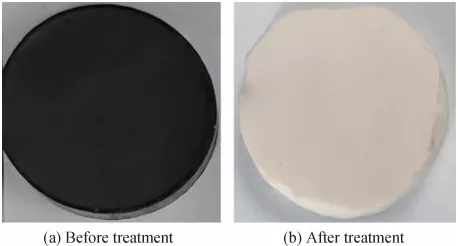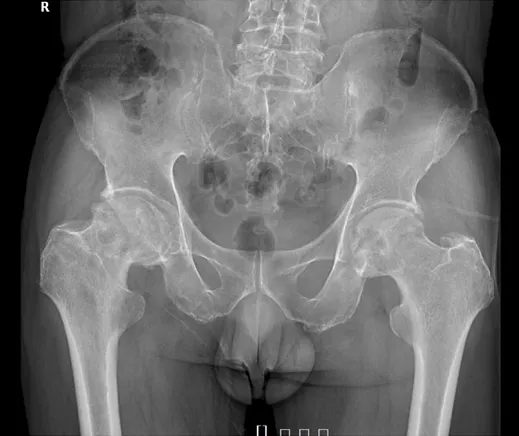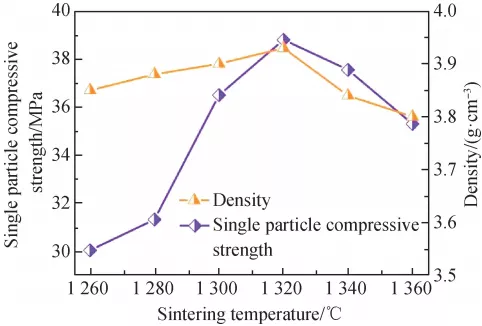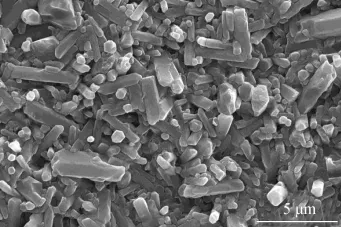Abstract: Compared to polymers and their nanocomposites, dielectric ceramics are considered as promising candidates for the pulsed-power devices because of their excellent temperature stability and good anti-fatigue characteristic. Nevertheless, relatively low energy storage density is the main disadvantage for dielectric ceramics, which does not meet the requirement of miniaturization for pulsed-power devices. Therefore, how to improve the energy storage density of dielectric ceramics has become one of hot topics on the research of functional ceramics in recent years. In this paper, the basic principle of the capacitor for electric energy storage was introduced firstly and then the research ad-vances of BaTiO3-based, BiFeO3-based, (K0.5Na0.5)NbO3-based lead-free relaxor ceramics and (Bi0.5Na0.5)TiO3-based, and AgNbO3-based lead-free anti-ferroelectric ceramics were reviewed based on our group’s research, in which the composition design strategies of different material systems were especially summarized. Finally, the opportunities and challenges of lead-free nonlinear energy-storage ceramics were analyzed, and the coping strategies as well as the future development direction were also proposed.
Key words: lead-free ceramics; energy storage density; dielectric breakdown strength; polarization difference; review
Declaration: This article is provided by CERADIR™ users or obtained from Internet, the content does not represent the position of CERADIR™. We are not responsible for the authenticity/accuracy of the article, especially the effects of the products concerned. This article is for study only, it does not constitute any investment or application advice. For reprinting, please contact the original author. If it involves the copyright and/or other issues, please contact us and we will deal with it asap! CERADIR™ has the interpretation of this declaration.







